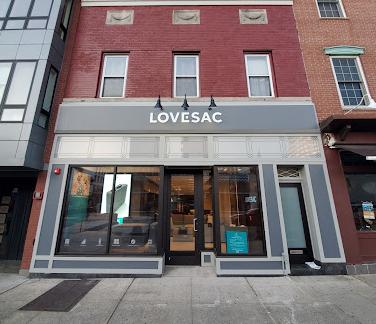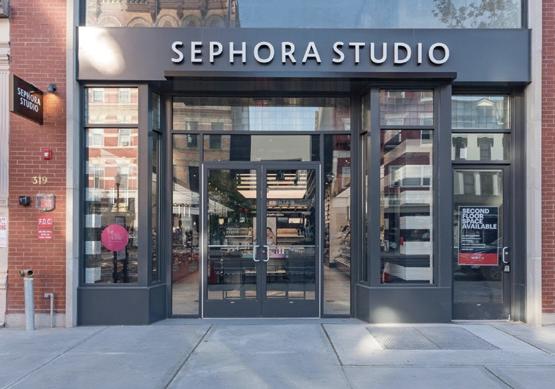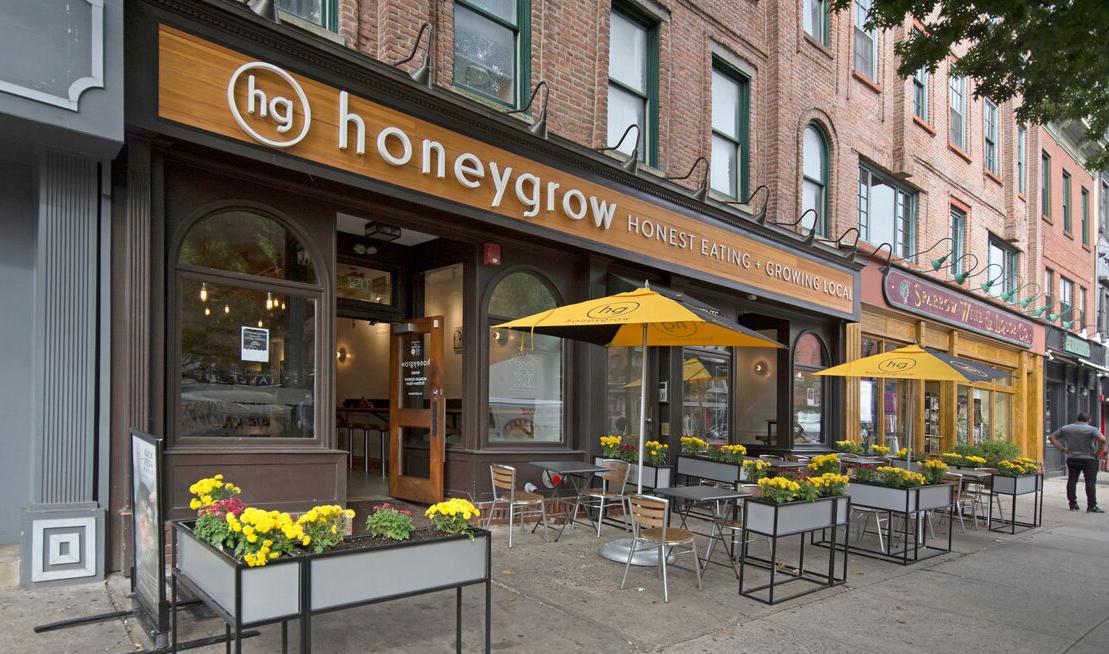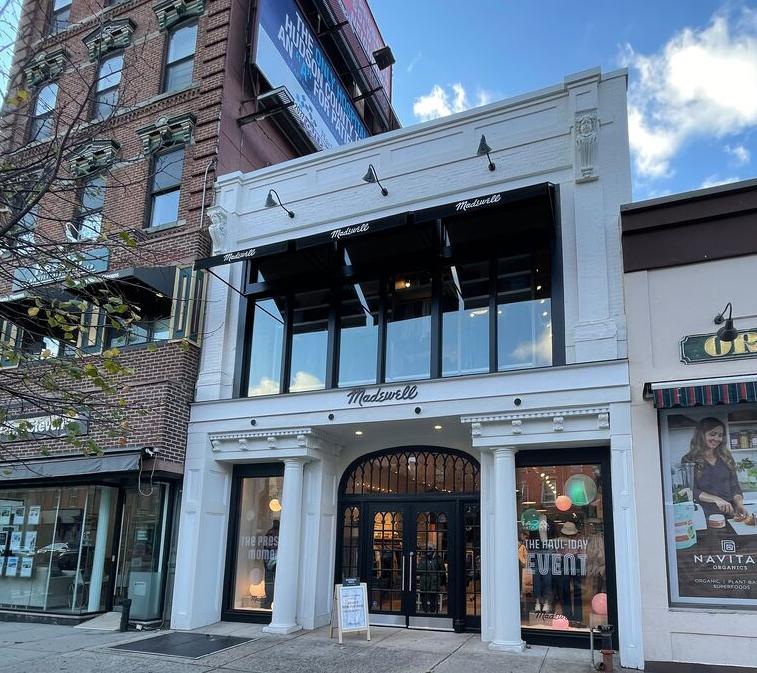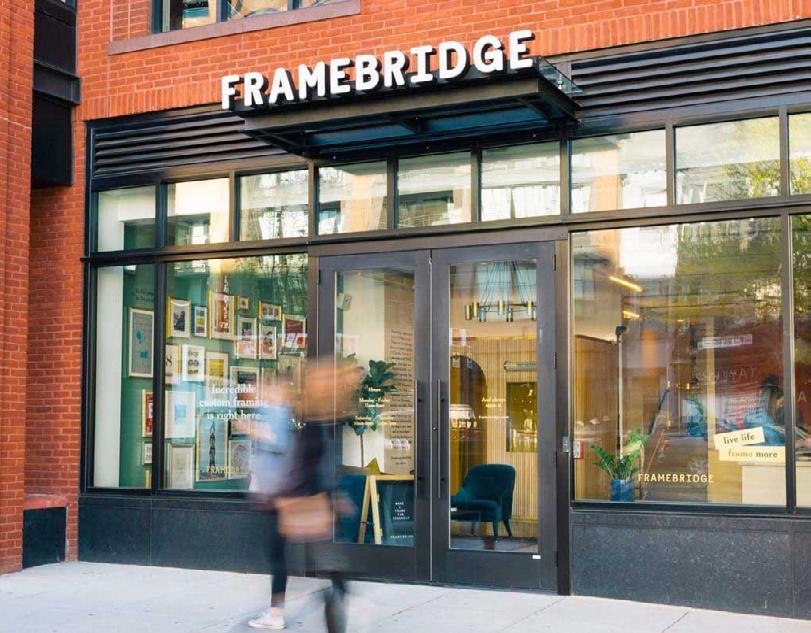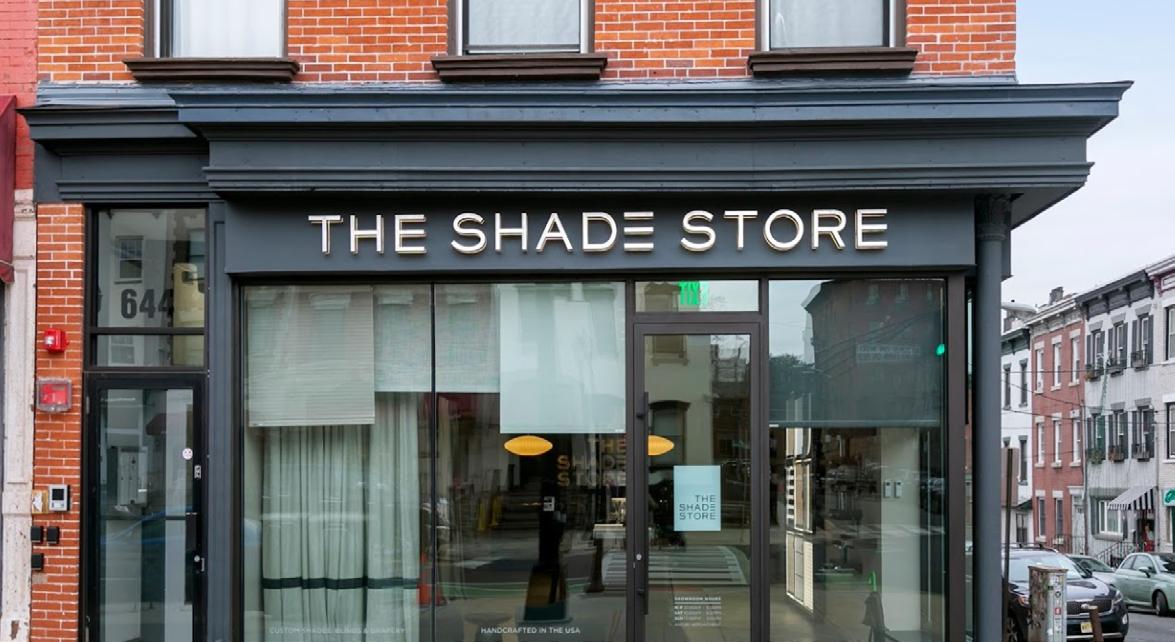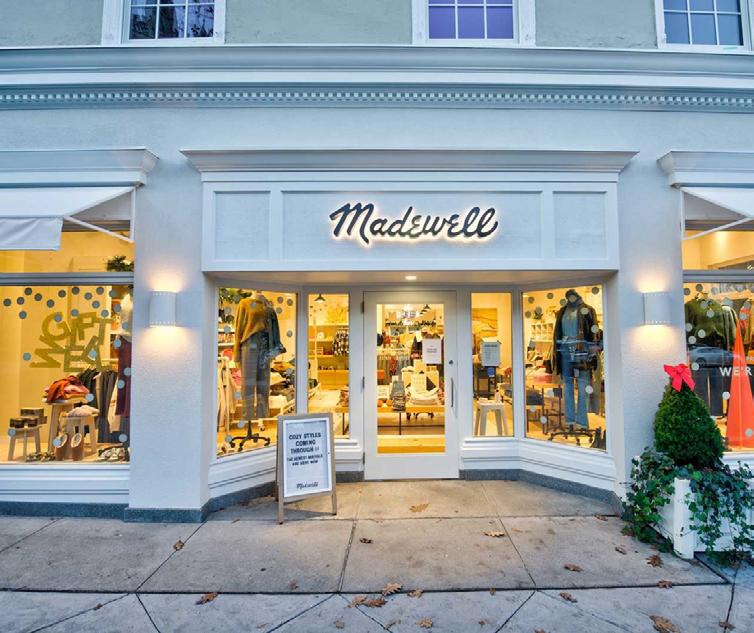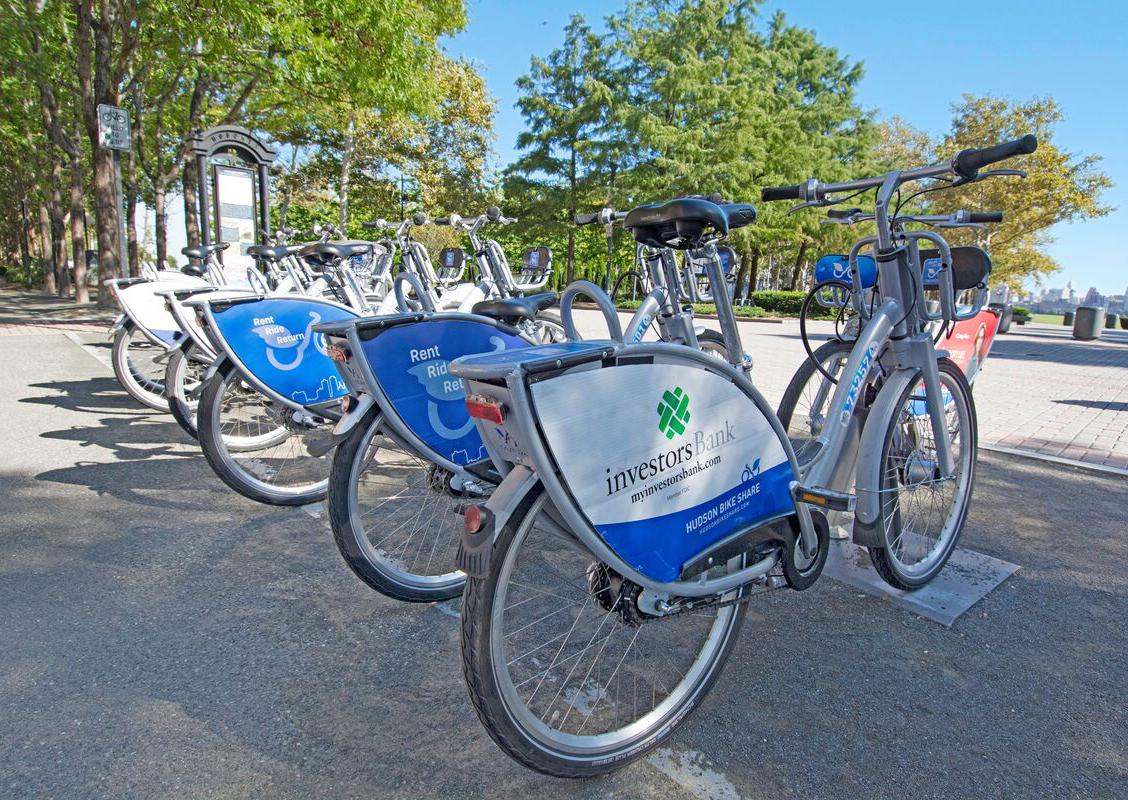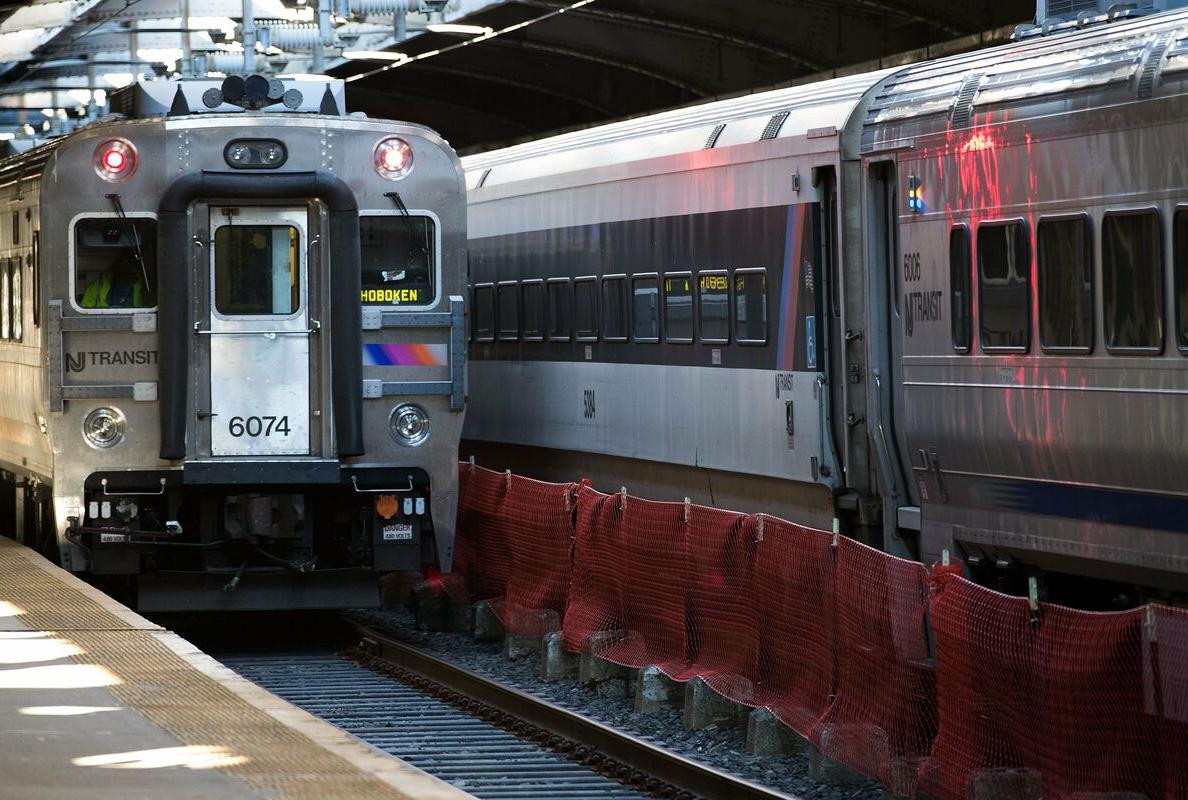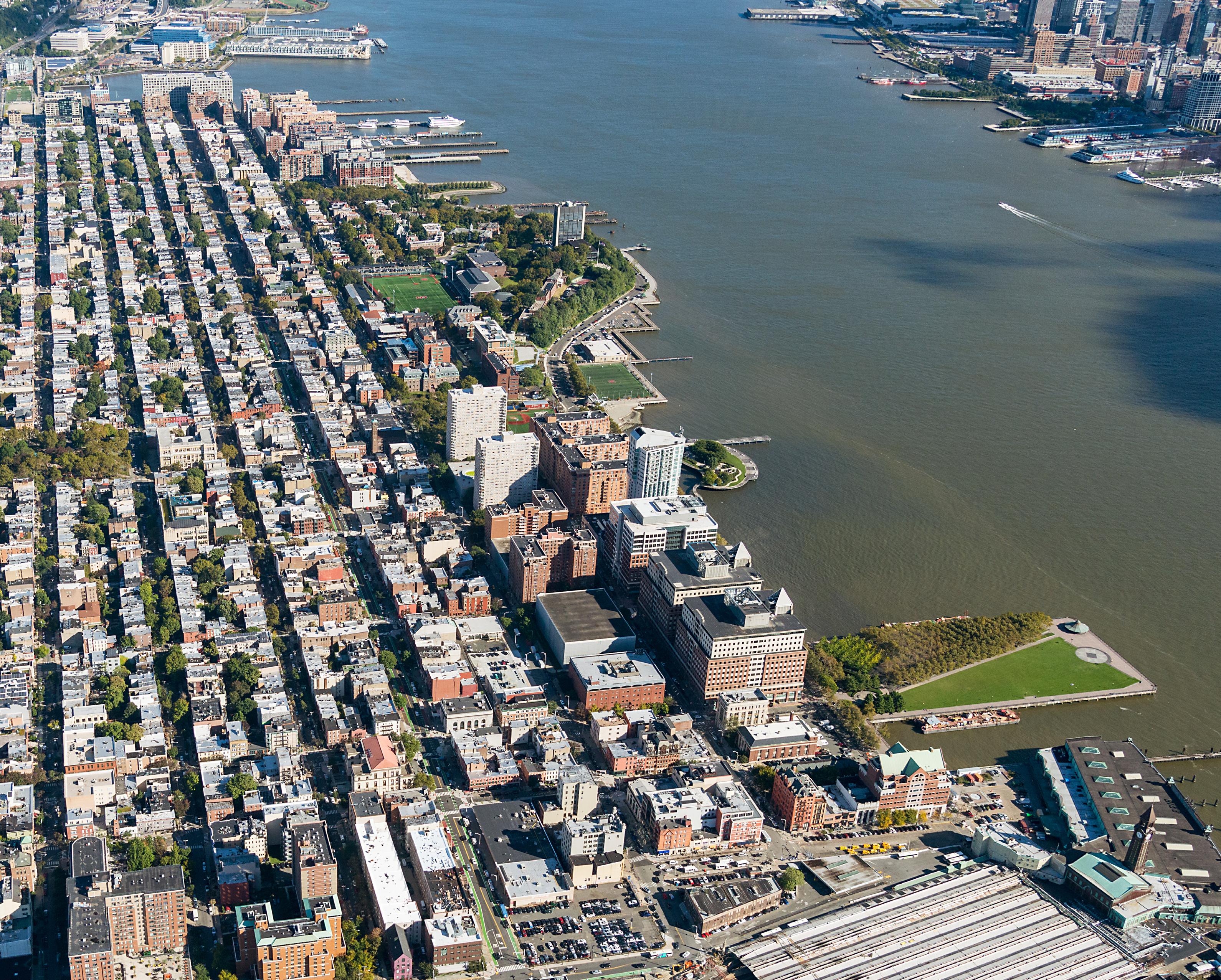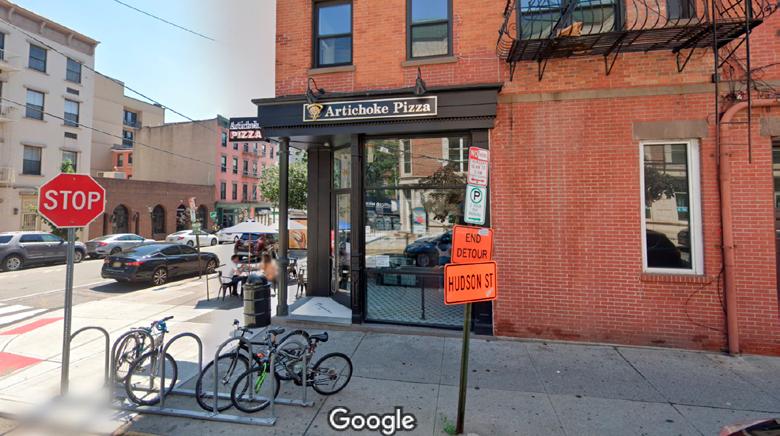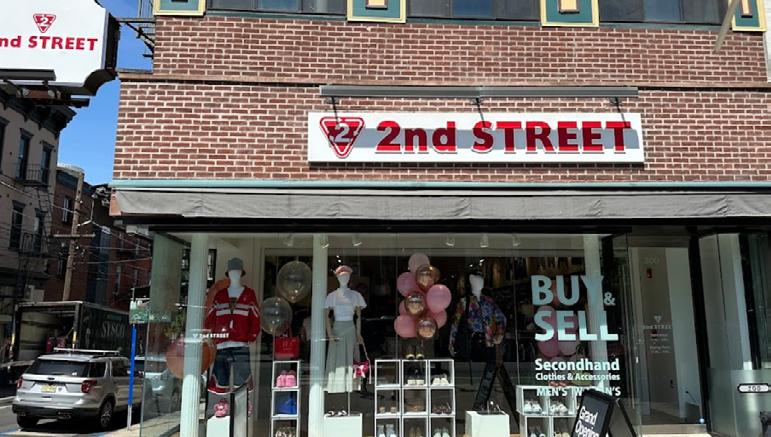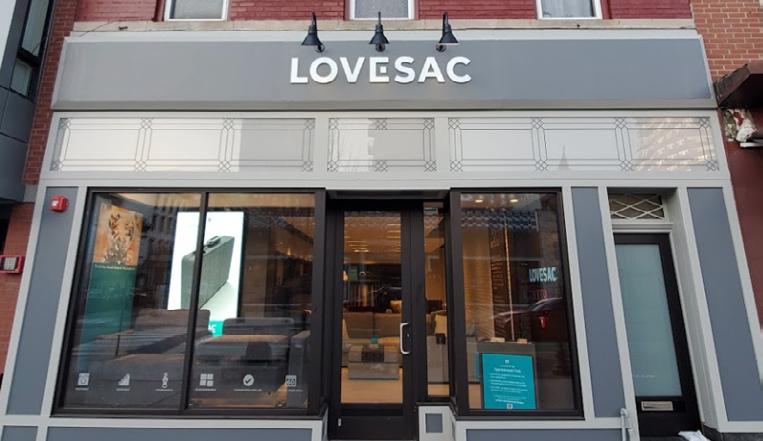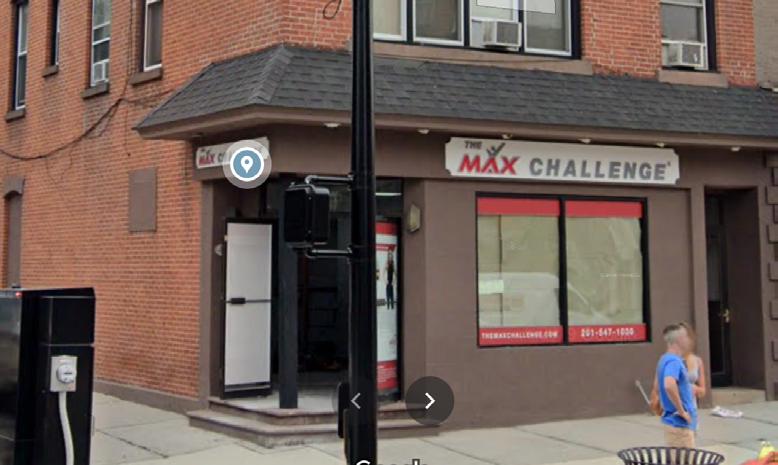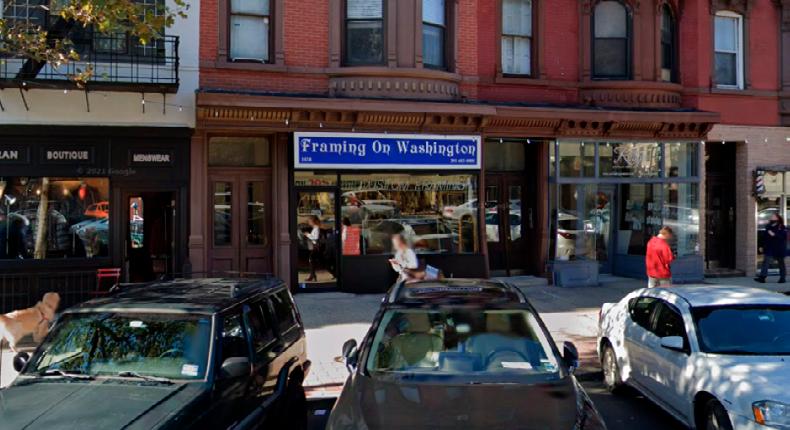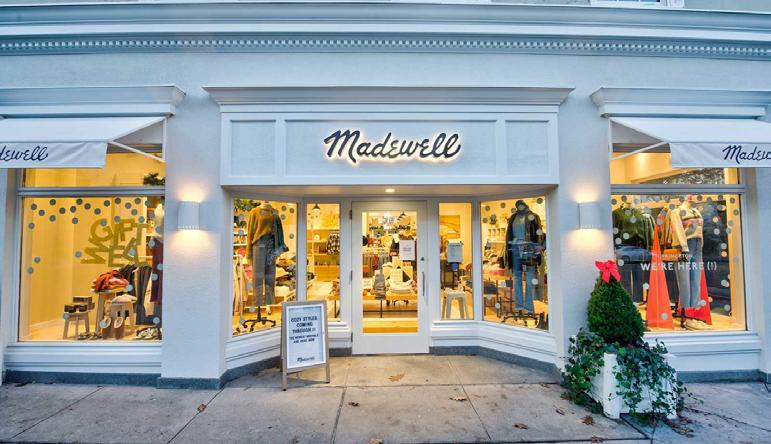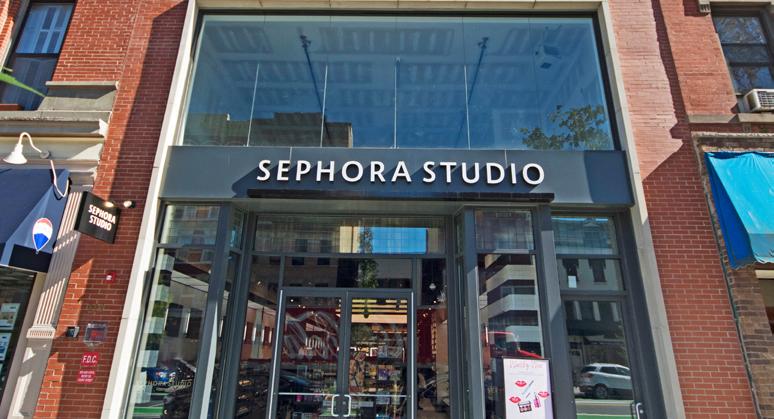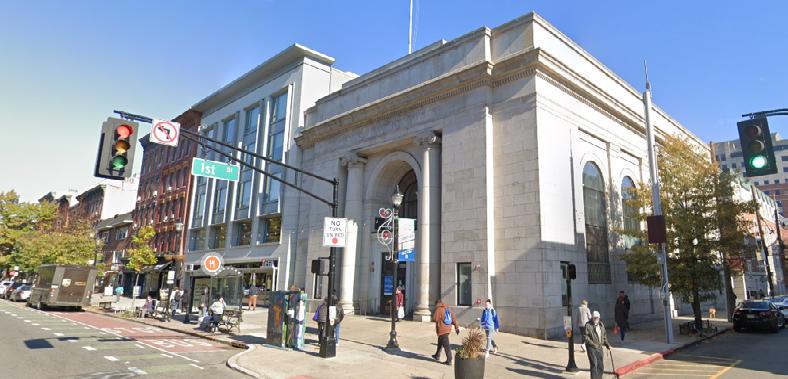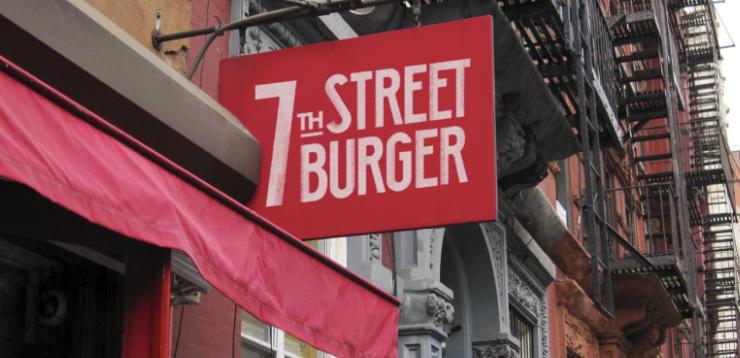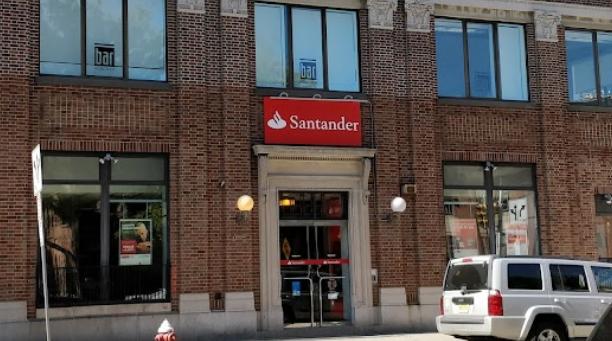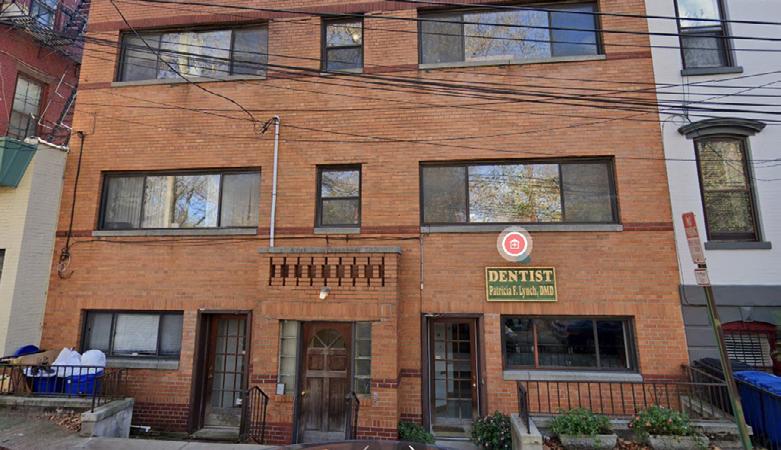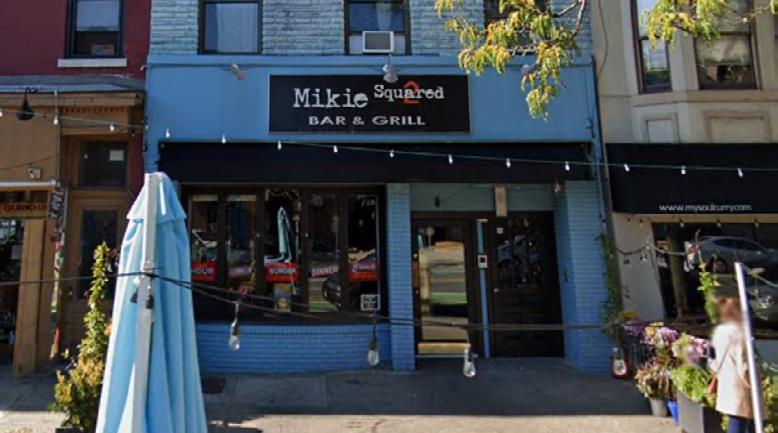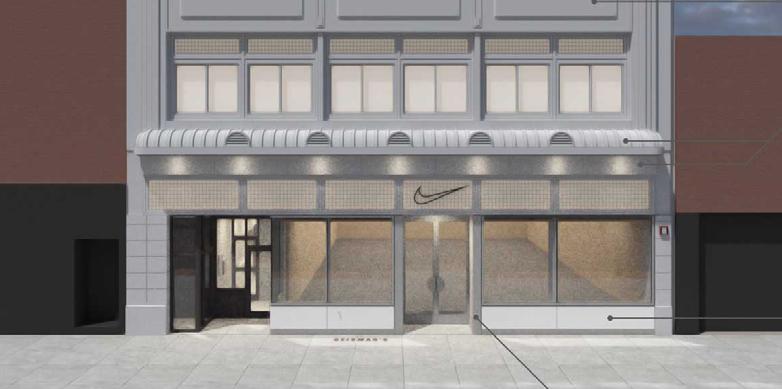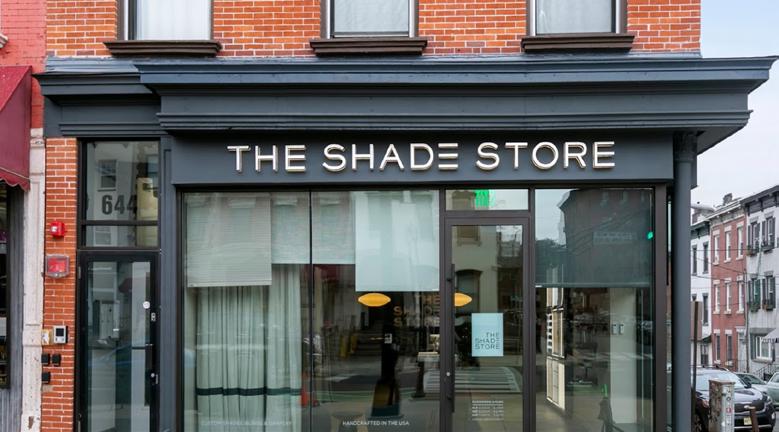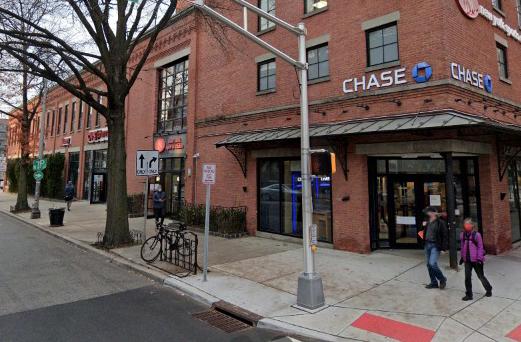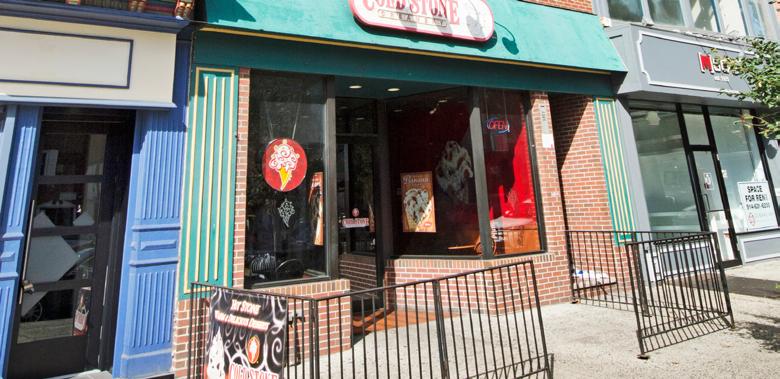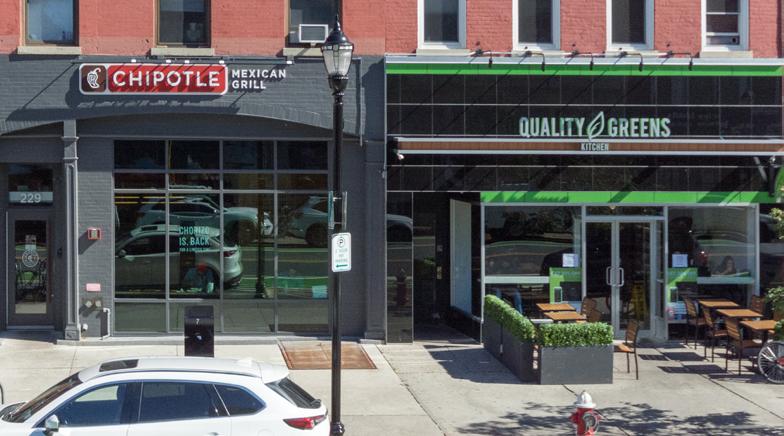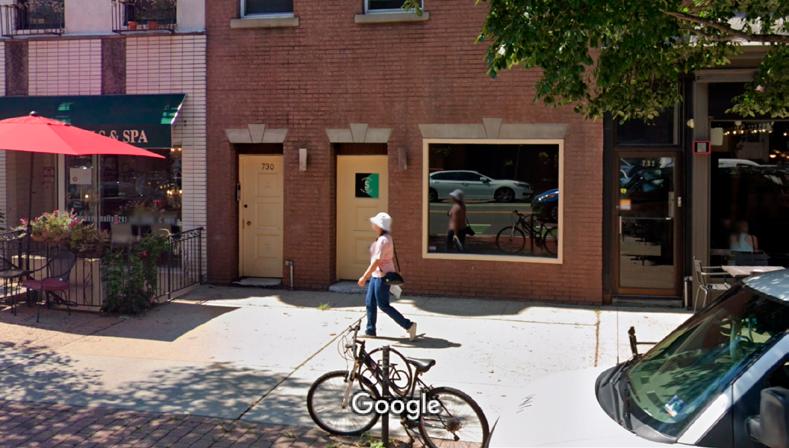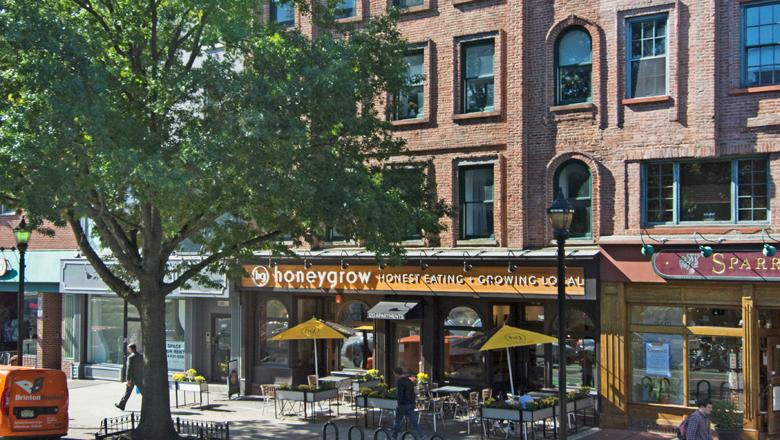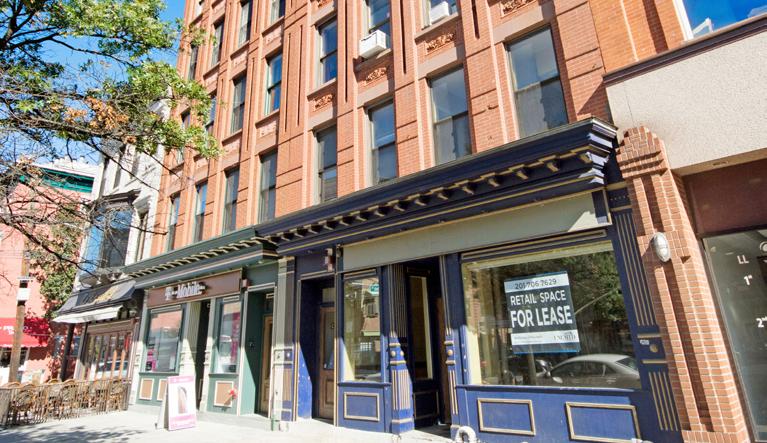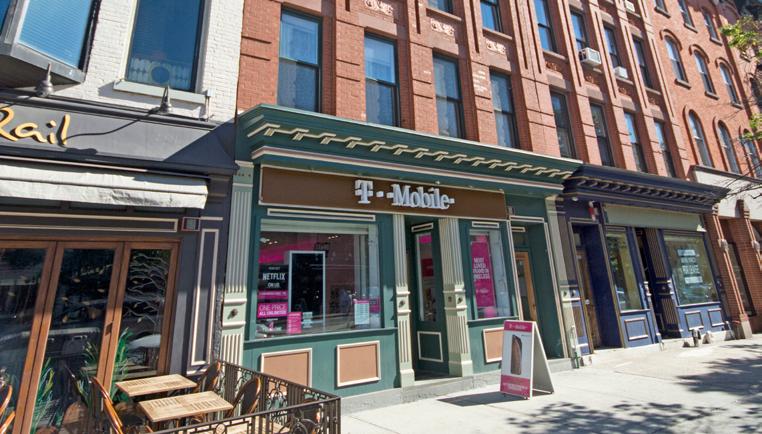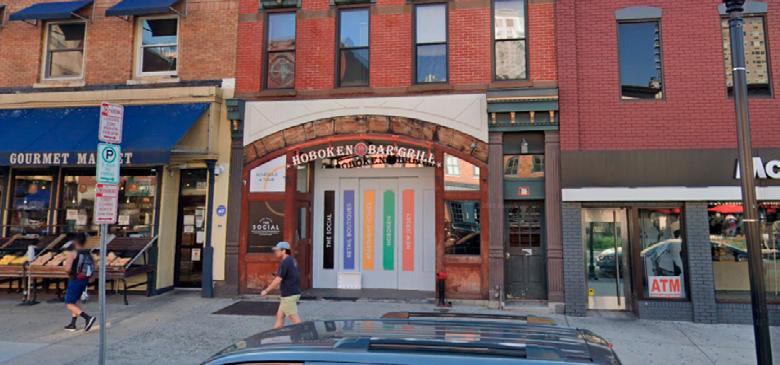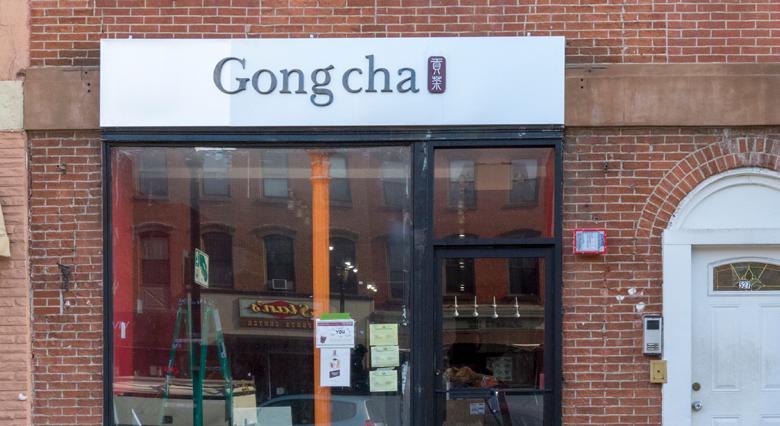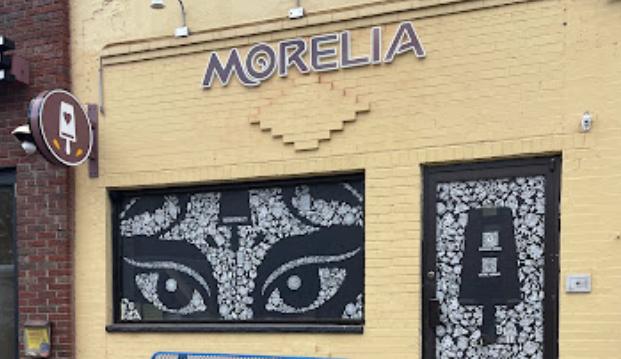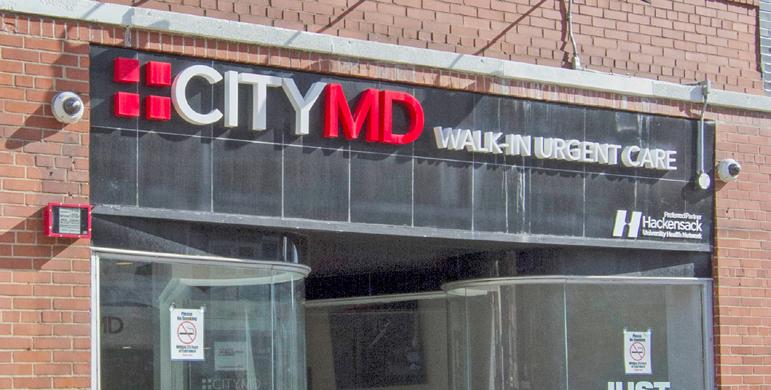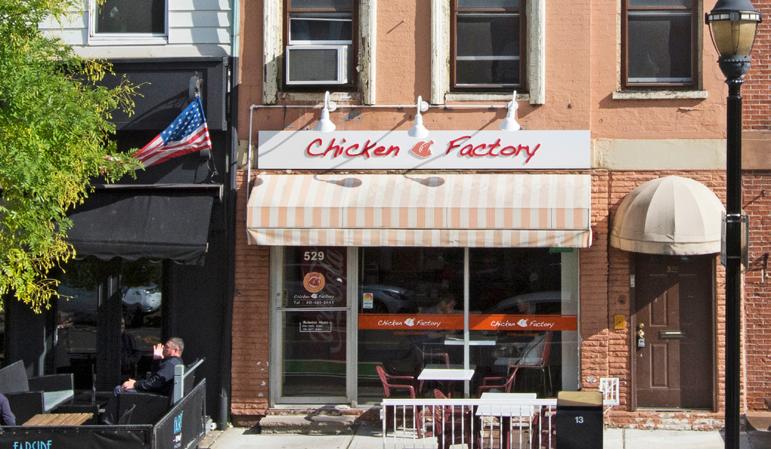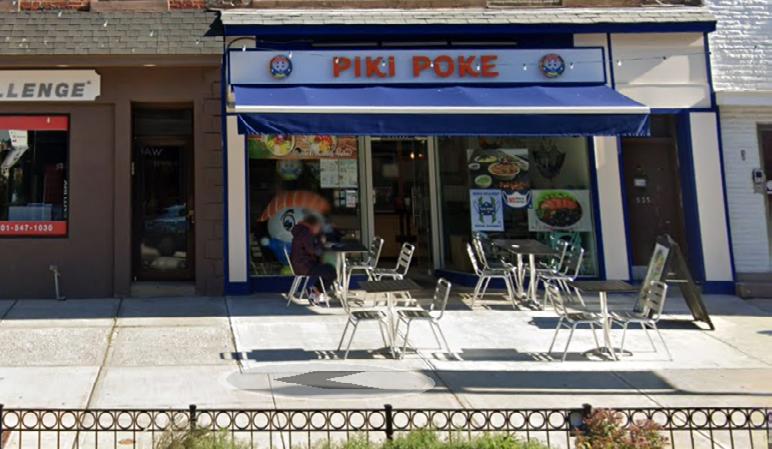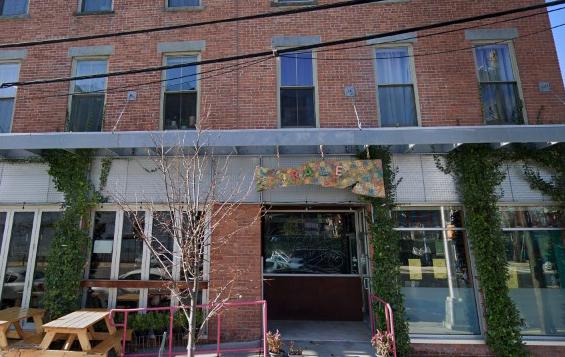HOBOKEN
OVERVIEW
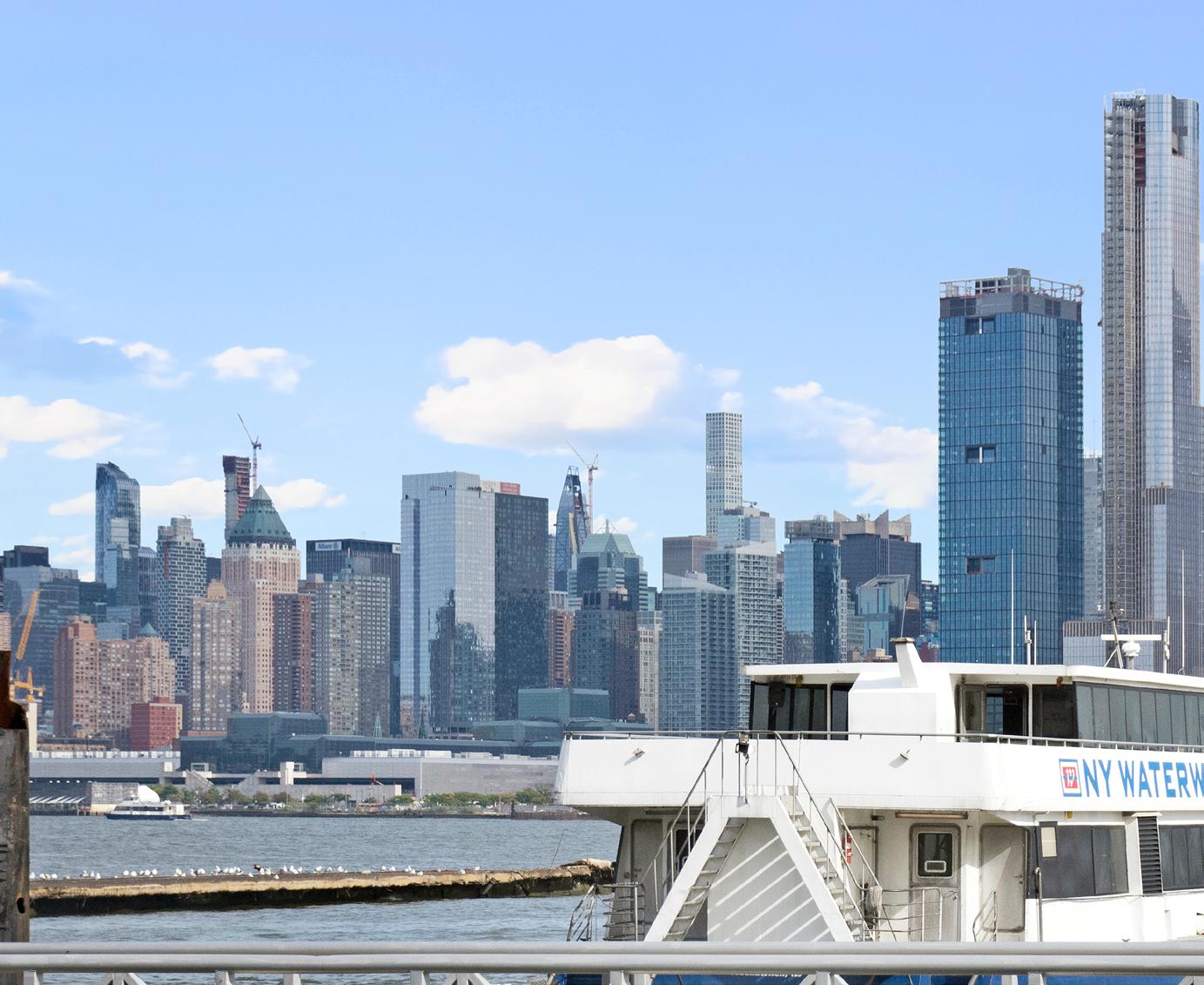
Over the last 20-30 years, Hoboken has undergone a complete transformation from a working-class, industrial port city to one of the most prestigious and affluent communities in the nation. Driven by a precipitous rise in real estate prices in Manhattan, Hoboken emerged as a lifestyle and cost alternative to New York City while just a short PATH or Ferry Ride away. Today Hoboken is a bona fide destination for young professionals, Fortune 500 Corporations, and high-end retailers, which gravitate to the City’s urban charm and vibrant lifestyle environment.
HOBOKEN’S COMMUNITY
Avg. HHI
Source: ESRI 2023
Avg. Home Value
Median Age

HOBOKEN RESIDENTS
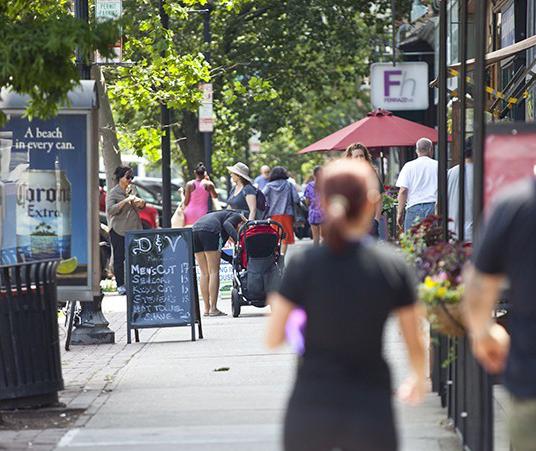
Hoboken’s residents and visitors are young professionals in their 30’s with strong incomes that allow them to have a life of consumption; especially since a large part have not yet formed families.
The demographics are made up of 3 predominant tapestry segments.
INTERNATIONAL MARKETPLACE
Made up of young international consumers, interested in personal style and child products. They are people who rent old apartments and whose jobs are mainly in services. They are people who use public transportation, walk or bike. They consume mostly digital media.
LAPTOPS AND LATTES
Made up of young professionals who work in finance, economics, law, communications and computing. They are mostly legally single. Many work from home and are recognized for being connected through laptops and cell phones at all times. Their interests are clothing, traveling, reading, and visiting bars and cafes; but at the same time they are people who save money. They exercise, kayak and are interested in organic food. They are people who get involved in artistic and cultural institutions. Like the first group, they use public and environmentally friendly means of transport.
TRENDSETTERS
The third group is made up of young professionals who live alone, with roommates or with their partners in exclusive apartments. They are wellpaid professionals, who have financial freedom. When it comes to money, they spend more than they save. They care about their image, they have the latest technology and use their cell phones to communicate continuously and maintain frequent social activities. They are concerned about the environment and go to more refined supermarkets. Like the two previous groups, they are people who leave the car aside, and walk, bike, or use public transportation.
*Of households
